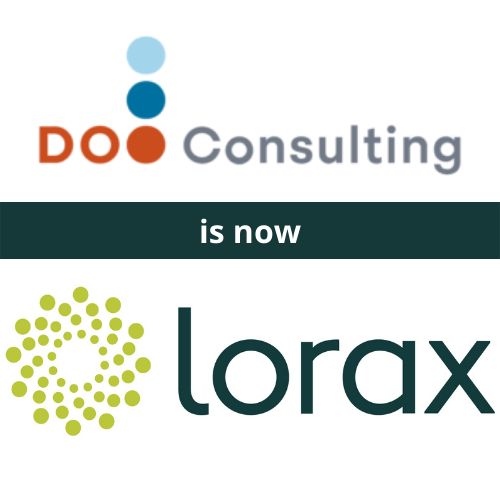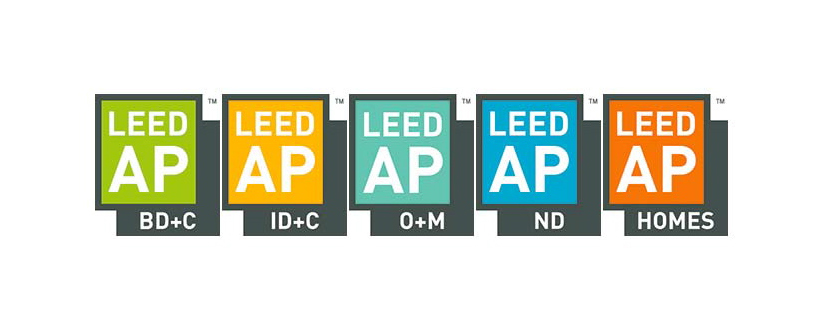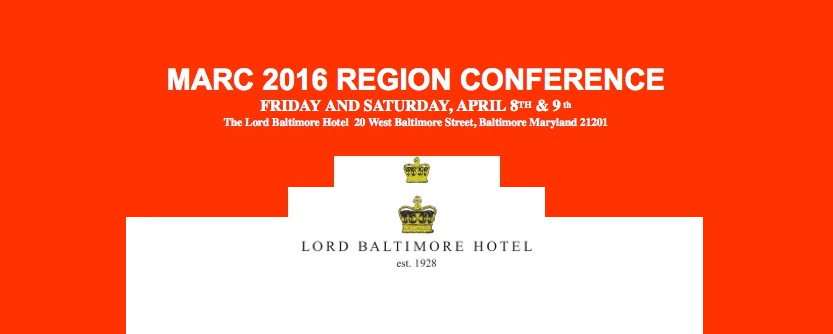 At recent blog post on the Green Building Law Update titled “Maryland Sidesteps LEED in Favor of the IgCC” suggests that “fewer, if any, Maryland state and local government projects will be LEED certified in the future.” But, I say, “Not so fast!” Yes, the Maryland legislature just passed an amendment to the State’s green building law that will allow the IgCC to be used as a compliance path to green building in addition to current compliance paths which are LEED Silver or other “nationally accepted numeric rating systems reviewed and recommended by the Maryland Green Building Council and approved by the Secretaries of Budget and Management and General Services.”
At recent blog post on the Green Building Law Update titled “Maryland Sidesteps LEED in Favor of the IgCC” suggests that “fewer, if any, Maryland state and local government projects will be LEED certified in the future.” But, I say, “Not so fast!” Yes, the Maryland legislature just passed an amendment to the State’s green building law that will allow the IgCC to be used as a compliance path to green building in addition to current compliance paths which are LEED Silver or other “nationally accepted numeric rating systems reviewed and recommended by the Maryland Green Building Council and approved by the Secretaries of Budget and Management and General Services.”
To date, the Maryland Green Building Council (MGBC) has not recommended any alternative rating system; hence, the pressure to adopt some alternative compliance path. The timing of the adoption of the IgCC as a code in the state of Maryland is perfect. Not only does it present a viable option to LEED that the Council can accept but, it coincides with other concerns about LEED v4 as well as interest in other numeric rating systems for schools.
I have seen a draft of the version of the IgCC that the MGBC is working on. There is nothing definitive as it is a work in progress but, the current version states that a Green Building certification equivalent to a LEED Silver rating would exempt one from IgCC compliance.
Remember that a Code is a minimum standard. What is good about this for green building is that it sets a minimum performance standard for all buildings and, as a code, requires compliance. The IgCC can be “tuned” to meet the priorities of a particular jurisdiction. For Maryland, the adopted version of the IgCC can advance State priorities for energy use reduction, water quality and other goals.
LEED, on the other hand, is a rating system that rewards green building efforts by awarding points for specified actions or “credits” that the project delivers. The more credits you accumulate, the higher your score. Selection of those credits is up to the discretion of the design team. The State has no control over the credits that a project team will pursue, other than requiring the level of certification (LEED Silver). So, while a group of buildings may all be LEED Silver certified, there is unlikely to be any consistency in the energy performance of those buildings.
Let’s be absolutely clear; the State’s version of the IgCC has NOT yet been fully drafted, let alone approved. Whether State agencies and their architects will find it easier to comply with the IgCC and its required performance targets or pursue a LEED certification where they can pick and choose the credits to achieve is unclear. Certainly, the design and construction industry is familiar with LEED and, in some cases, may find it advantageous to not have to comply with the IgCC. Additionally, with the implementation of LEED v4 this summer, USGBC will re-establish LEED as an aspirational rating system. Certainly the LEED moniker has a market cache that “code compliant” cannot match.
I agree with Stewart, author of “Maryland Sidesteps LEED,” that the adoption and implementation of the IgCC will be good for green building and good for the State overall. I do not agree that the State is “sidestepping LEED,” rather it is complementing this numeric rating system with a code to cover more buildings and advance green building.





